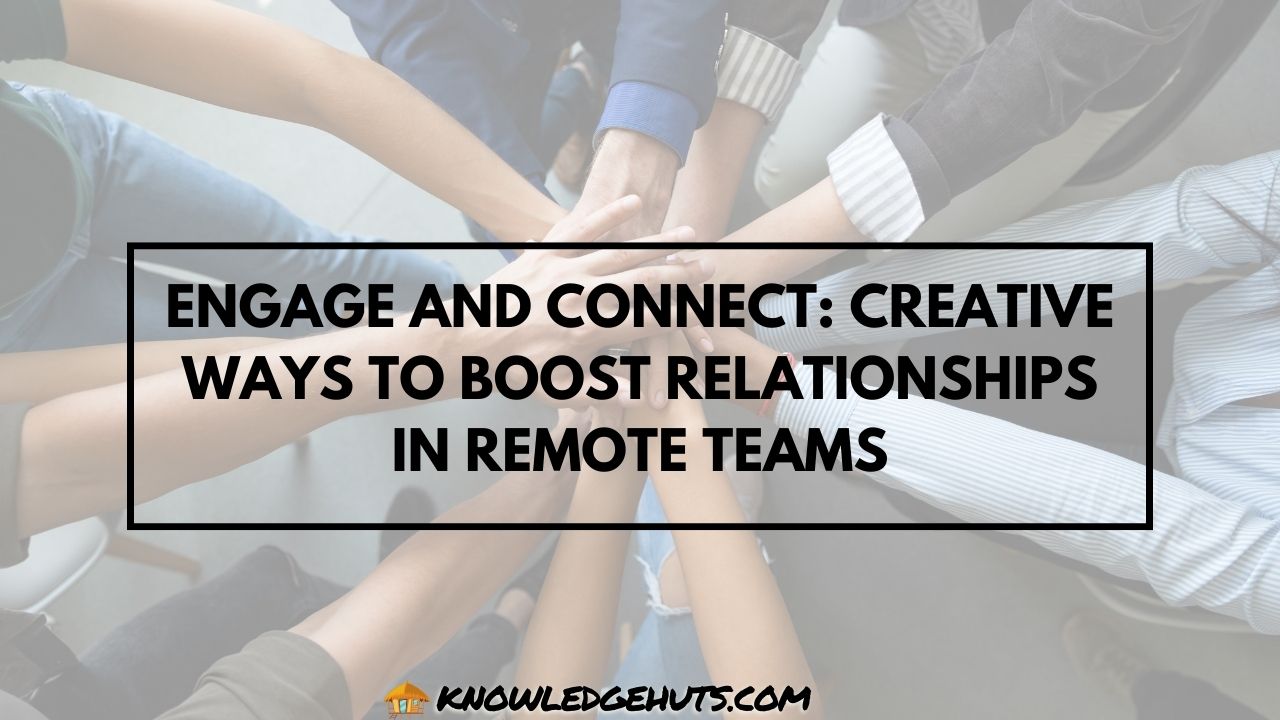Building an engaging online learning community has become essential to the success of digital educational platforms in an ever-evolving landscape of education. Online learning is the fastest-growing market in the education business, having achieved 900% growth since its inception in 2000. In essence, online learning communities foster collaboration, peer support, and a sense of belonging among students, allowing them to actively engage and contribute content while participating as members.
Successful communities not only produce better student outcomes but also enable knowledge sharing between learners while cultivating an environment in which everyone feels empowered to grow together. Taking careful planning into consideration and prioritizing user experience design tools to promote interaction and inclusiveness are vital.
Here are best practices designed to help create such online learning communities. Continue reading below for the details.
Leverage the Potential of Social Media
Social media platforms are powerful tools for building an online learning community, offering easy interactions, content sharing, and group collaboration. Instagram, for instance, has quickly become one of the go-to places for businesses and educational institutions looking to extend their reach and engage with an active learning community. Moreover, the platform also enables educators and learners to exchange quick updates and educational material and provide behind-the-scenes glimpses into learning processes.
Attracting followers organically on platforms like Instagram can be challenging due to competition and algorithm changes that limit visibility; that is where experienced social media growth agencies like Path Social come into play. You can achieve organic Instagram growth with Path Social, as they specialize in helping businesses and educators gain new followers using innovative organic growth tactics. With Path Social’s services, you can focus on curating valuable content while the experts handle increasing reach and visibility strategies so you don’t waste any of your valuable time or energy trying to attract followers through unauthentic methods.
Encouraging Peer Interaction
Fostering peer-to-peer interactions is central to any effective online learning community. Students often gain as much from learning with other peers as from formal instruction alone; encouraging this type of engagement among learners builds community support networks while making learning an engaging collaborative experience.
There are various strategies you can employ to facilitate peer-to-peer interaction on online education platforms. First, ensure they support forums, chat rooms, or message boards allowing learners to discuss learning experiences, pose queries, and offer solutions in these spaces. Furthermore, group projects or discussion assignments that require learners to work together on sharing findings encourage both learning as well as fellowship within groups.
Social media platforms, like Facebook or Instagram, offer another effective means of engagement for online learning communities. Private groups allow learners to post updates, ask questions, and share resources without disrupting classroom time. Also, these avenues provide informal spaces where learners can build relationships outside the classroom to strengthen overall learning experiences.
Delivering Value-Driven Content
Content is at the heart of any online learning community, so to keep learners engaged, you must provide them with content that not only educates but is relevant and applicable to real-life situations. When designing content for your online community, think about problems your learners are encountering that your content could help address.
Your audience deserves content relevant to them; tutorials, webinars, or live Q&A sessions on relevant subjects will not only engage learners but will make them feel part of an interactive and supportive learning environment. Offering exclusive resources like templates or guides may further motivate participants to stay engaged within your community and participate in its growth.
Make sure your learners realize content does not solely come from educators, so encourage them to contribute their experiences, insights, and resources. Doing this not only lightens educators’ load for content creation but can make for more dynamic interactions within a community. Also, peer-generated content often sparks discussions between peers that enrich everyone involved in enhancing the overall learning experience.
Establish Opportunities for Cooperation and Feedback
Collaboration is another vital aspect of creating an engaging online learning community. When learners can join together on projects or participate in group discussions, they feel more integrated into the group and more likely to remain engaged over time.
To foster collaboration, incorporate group assignments or projects into your curriculum that require learners to collaborate toward reaching common goals. Such an approach will encourage teamwork and communication between peers. You could also consider organizing virtual meetups or study groups where learners can collaborate in real time.
Feedback is another integral element of any learning environment, providing learners with regular, constructive feedback to understand their progress and identify areas for improvement. In an online learning community setting, this feedback should come not only from instructors but also from peers, offering new perspectives to enrich the overall experience.Pixabay
The Bottom Line
Establishing an engaging online learning community takes careful planning, regular interaction, and dedication to providing value-driven content. By leveraging social media to expand the reach of your community, encourage peer-to-peer dialogue while offering high-quality material, and encourage collaborative feedback mechanisms, you can create an exciting and vibrant learning environment for both educators and learners alike.
An engaged online learning community not only improves educational experiences for learners but also builds long-term relationships and deepens engagement with content—something increasingly crucial as digitalization continues.








